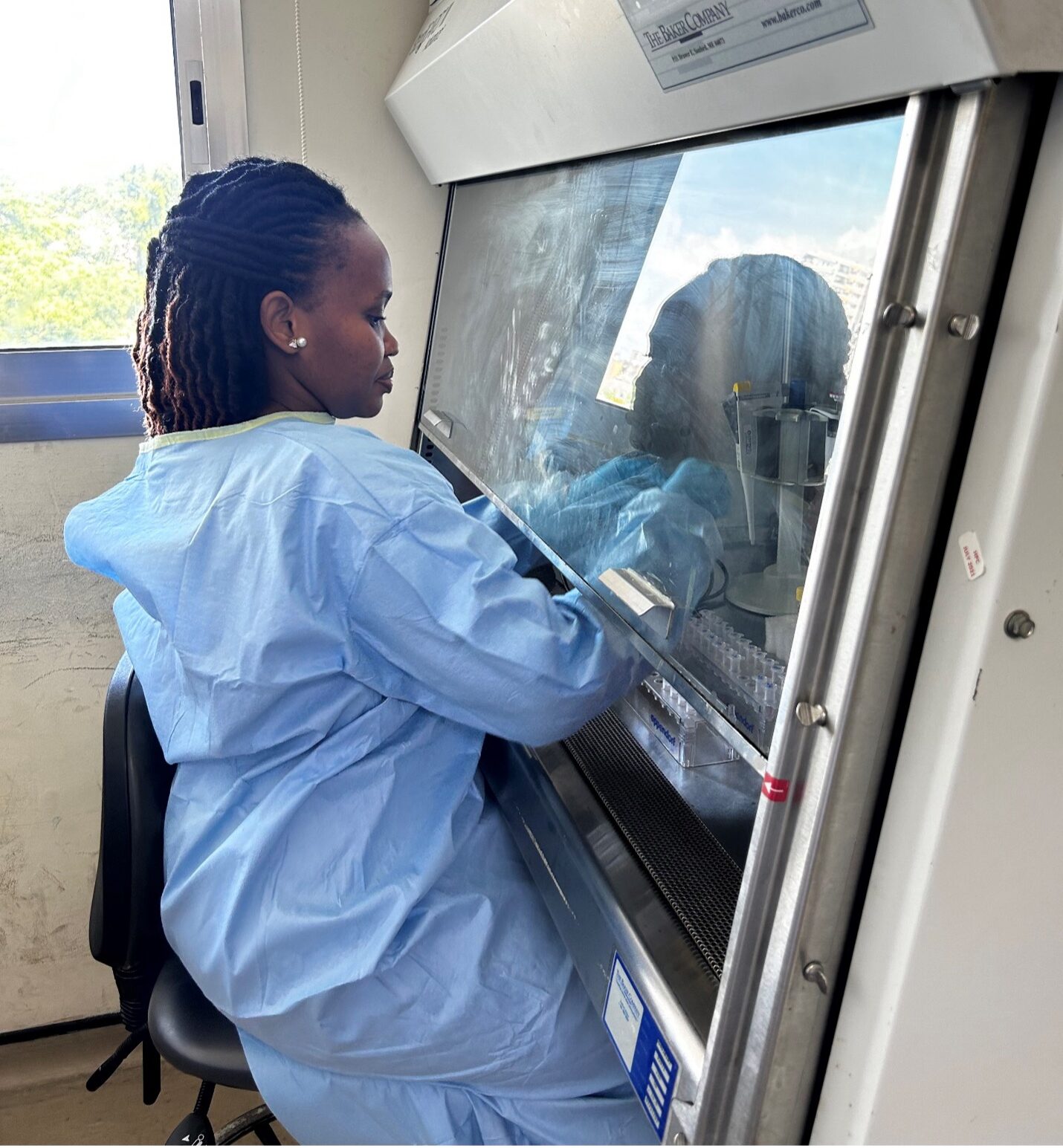 Kazi Injamamul Hoque
Kazi Injamamul Hoque
Project: Identifying the genetic relatedness of Carbapenem-resistant A. baumanni (CRAB) isolated from pregnant mothers, newborns and hospital environments in Bangladesh
→ Read abstract here
Highlights:
- Our study is the first in the country to identify CRAB transmission across mother-newborn pairs and hospital environments.
- We identified the transmission of CRAB (ST23) across two mother-newborn pairs, one unrelated mother, one unrelated newborn, and six environmental surfaces: the dressing room tap, the toilet door, the postnatal room door, the nurse station, a medical bottle, a bed cover in the ward, and a newborn resuscitation tray.
- We found two clonal CRAB isolates of ST10 in two different hospital environmental sources: the dressing room tap and toilet door.
- Of the 18 CRAB samples that underwent whole genome sequencing, 17 (94%) harbored blaADC-76, blaNDM-1, blaOXA-58, and blaADC-68.
Milestones:
This study identified high rates of CRAB colonization as well as cross transmission in mothers post-delivery and in newborns at a very early stage of life. Various hospital environments, including healthcare workers, served as potential reservoirs for CRAB colonization. Hospital environmental transmission of CRAB during perinatal period highlights the poor infection prevention and control strategy in hospital settings, reinforcing close monitoring to prevent CRAB outbreaks in Bangladeshi health facilities. Further research is warranted to follow up with the CRAB carriers for any future infections.




 Monica Francis
Monica Francis
